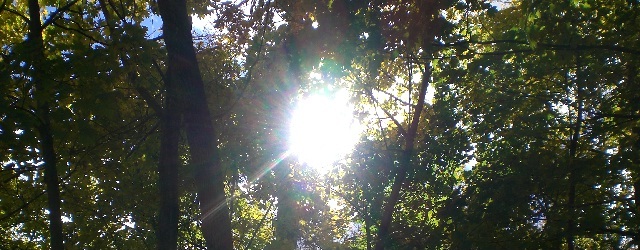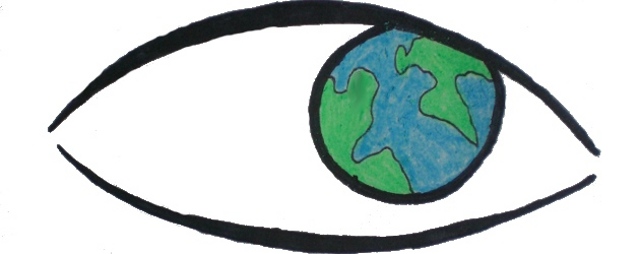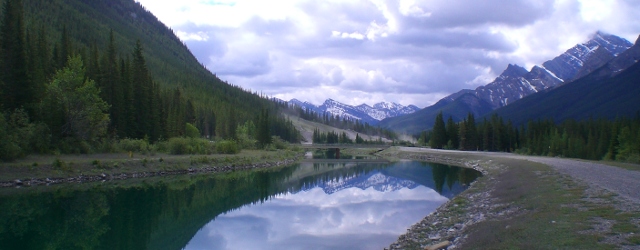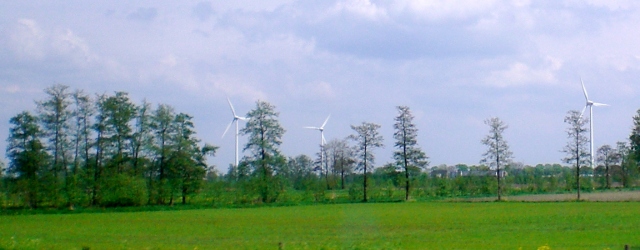Here we review major renewable energy topics from 2010 and then turn towards analyzing energy issues for 2011 and beyond.
Tag: Solar Power
Power system performance metrics
Everything has its price. Every form of power production has costs in dollars, time, land, materials, pollutants, greenhouse gas emissions, and human deaths. We look at the most important factors for analyzing the feasibility of a proposed power project. Considering only some of these factors will lead to an incomplete picture of power system costs.
Feed-in tariffs: A fitting policy for renewable energy
Here we talk about what a feed in tariff is and how it works. We also conduct an overview of how effective feed in tariffs have been at stimulating the renewable energy industry around the world.
How can renewables deliver dispatchable power on demand?
What does dispatchable mean? Why is it important? How do we currently do this? Can renewable energy fulfill this role? What other tricks can we use?

How can we create power from nuclear fusion?
Achieving sustained nuclear fusion for power production is incredibly challenging. Scientists have been working on this problem for decades. This piece is an overview of the basic concepts and technologies needed for nuclear fusion power. One could also view this as a tutorial, or a crash-course, in fusion power.
Land use of coal vs wind: Still room for debate
Land usage for power systems is a common comparison metric. We demonstrate here that the comparison cannot be conducted meaningfully on such simplistic grounds. Additional factors must be taken into consideration.
Misconceptions spreading about the price of solar power
A recent Clean Technica article said that solar power would be cheaper than coal if it received the same subsidies. This is incorrect.

Progress and potential of renewable energy
The intent of this publication is an ongoing investigation of the progress and potential of renewable energy in our world. Our goal is to collect the best writing and news on the subject of renewable energy projects and policies. We have observed that humanity is innovating rapidly as the energy security of the future becomes a global priority. Current trends indicate that the age of coal will end before we run out of coal.

Solar power from photovoltaic panels
Photovoltaic solar power is the technical term for solar panels that convert sunlight directly into electricity. This is in contrast to techniques that capture solar energy in other ways, or for different uses. Other techniques include hot water heating, interior temperature control, and concentrated heat for electricity production.

Renewable Energy Review Blog Carnival
Vision of Earth is the host of the newly created renewable energy review. This is a blog carnival attempting to look at the development of renewable energy in the world today. Submitted articles will be judged on their quality, accuracy, and relevance. Once enough high-quality submissions are accumulated for a publication, our editors will write a brief review piece, linking to these novel contributions. We intend to comment meaningfully on the developments in renewable energy in our world.

Publicly Administered Green Energy Futures
Our goal is to keep our physical power infrastructure publicly owned, but gain some of the advantages of the private sector. The key to our recommendation is voluntary public investment from the people of Saskatchewan. In order to stimulate new renewable energy construction, we recommend that SaskPower open up renewable energy projects for direct public investment.

Personal and social change for a green energy future
The question is: what can we do to be more in harmony with the environment? The answers we present here are intended to be practical pieces of an answer to that question.

Publicly Owned Renewable Energy
We want the ability to directly support the development of renewable electricity generation. We don’t just mean buying GreenPower from sources that already exist. We want to be able to choose to put our money out there so that these things can actually happen. We want to support projects that haven’t yet been built, or even started.

Solar Thermal Power
Solar thermal power generation presents a unique opportunity among renewable technologies today. It is well-understood. Prototypes and commercial power plants of this sort exist. It has capabilities for both baseload and peak-matching power generation. It is affordable in locations with lots of sunlight. Costs are in the range 10-15¢/kWh currently, with great potential for the future.
Feed-In Tariff: Government Encouraging The Market
The feed-in tariff is a well known policy mechanism in the area of electricity generation. It has been applied in many countries with the intent of encouraging the development of renewable power generation. Such a policy typically involves guaranteeing to desired types of generation both subsidized long term prices for electricity and guaranteed grid access. This policy has been well utilized notably in Germany and Spain, where residents have seen very stable electricity prices coupled with tremendous growth of the renewable energy sector of their economies.

Leverage hydro to use wind
When wind isn’t blowing hard, use a dispatchable source such as hydro to produce power. Let’s assume that we have 150 MW of hydro on hand to cover the Centennial Wind Farm when the wind isn’t blowing. If we look at entire year of production, we can expect that about 42.4% of all energy will have come from the wind, and that the remaining 57.6% of the energy would have come from the hydro. What is necessary for a system like this to work is to have enough water behind the hydro dam that it can cover a fairly long spell of low winds. This could be as long as several days. If our hydro reservoir is big enough to cover that time, we should be able to cover the intermittent nature of the wind for the whole year. If it isn’t big enough, we will have to get our power from elsewhere. Perhaps importing it from neighboring grids or by using another source such as natural gas.
Reliable power rather than baseload
What people really want is reliable power. We don’t want to end up freezing in the dark. Electricity is important enough to our society that our energy security is of great importance to us. This is a fundamental issue that all technically advanced nations have to face.
It would be a mistake to equate baseload with reliable. Baseload power sources still have to turn off sometimes. In some cases, the downtimes for the big thermal plants such as nuclear and coal can be several percent of their lifetimes. If our power grid were based off of only baseload sources of this type we might see rolling blackouts now and then unless we built extra power plants to cover the downtime.
Electricity Grid: Key Terms and Definitions
In the most general sense, we are talking about moving power from one place to another. The electric grid accomplishes this by having power lines between generation stations and demand locations such as homes and businesses. Some general rules apply to this sort of technology. The more power you have to move, the more expensive it will be to build the infrastructure to do it. The further you have to move the power, the more energy losses you are going to have in doing so. These rules apply in general, but the specifics of a problem will dictate what sort of solution is applied.
Incentives to build renewable in Saskatchewan
We proposed a feed-in tariff for renewable energy resources such as wind, solar, and hydro power. What this means is basically that people or companies who produced power from these sources would be paid more for their electricity than non-renewable providers. See our proposal for more details about the practicality and effectiveness of a feed-in tariff as well as more detail on tailoring the solution for Saskatchewan. The intent of this policy mechanism is to stimulate an increase in private investment into these technologies.

What does ‘renewable’ mean after all?
If you think of renewable sources of energy you probably think of things like wind turbines, solar panels, biomass plants, and hydroelectric plants. However, these are just examples. What does it mean to be renewable?
